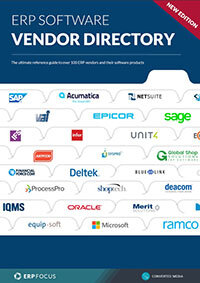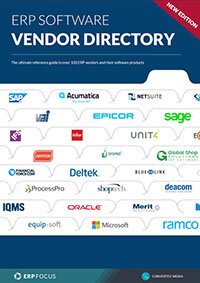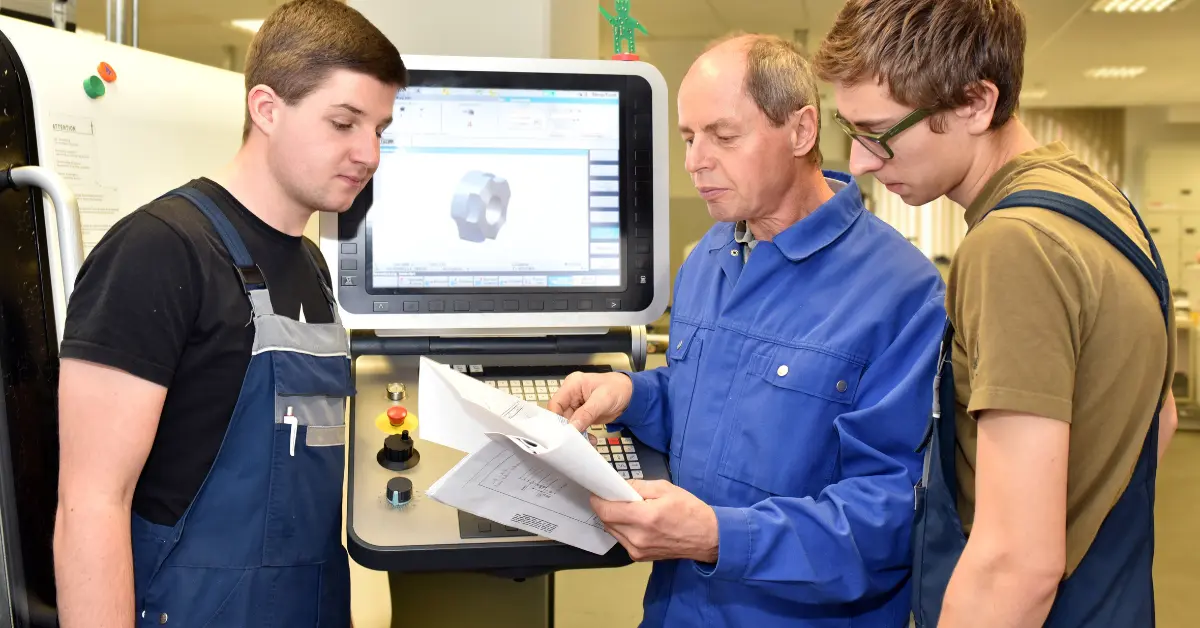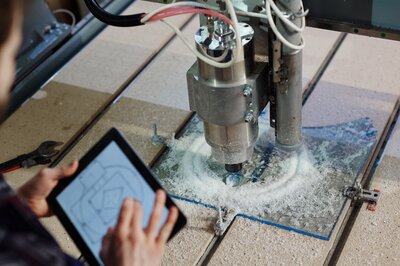A complete introduction to electronics ERP
Every industry has its own set of challenges that manufacturers must overcome. The electronics industry is no different. A fast-paced and rapidly-evolving market, electronics manufacturers need to contend with:
High demand: it’s safe to say that high-tech electronic equipment has never been more in demand. A good electronics ERP will need to streamline workflows and help your organization achieve the adaptability needed to survive in highly competitive markets.
Tight product lifecycles: high-tech electronics is a rapidly-evolving market. In order to get the edge on competitors, companies must invest vast sums of money into their products, pushing out upgrades that they hope will give them a competitive edge. This means that old models become redundant quickly.
Complex supply chains: the pace at which electronic and high tech products are developed and put on the market requires supply chains that are quick, agile and cost efficient, and features to manage them.
Constantly changing regulatory compliance: regulatory issues are a pressure all manufacturers face, but many regulations pertaining to the high tech and electronics industries, such as the Waste Electrical and Electronic Equipment Directive, require extensive tracking and real-time data capture.
Recommended reading: find electronics ERP vendors to suit your company with our completely up-to-date ERP vendor directory
To put it another way, the ERP system you select should:
Streamline your manufacturing process so that you produce more in less time
Be flexible enough to deal with sudden industry changes
Offer advanced supply chain management and supplier reporting functionality
So, where to start?
In order to achieve these goals and make your electronics ERP investment worthwhile, it’s worth giving some thought to the software deployment method you will choose.
Cloud, or Software as a Service (SaaS) ERP systems offer a shorter implementation period, frequent and easier software upgrades and scalable pricing plans.
This is perhaps why nearly twice as many electronics manufacturers looking for a new ERP (37%) were actively seeking out cloud vendors than on-premise vendors (19%). In total, 81% of companies are open to the idea of cloud ERP*
Key features of electronics ERP
Advanced supply chain integration
An end-to-end ERP is a worthwhile investment for electronics manufacturers, as bringing manufacturing and logistics under one umbrella will help manage complex, constantly-evolving supply chains. If you’re dead set on using your current SCM system then make sure you go for an ERP that integrates well with it. A supplier portal to centralize and speed up communications along your supply chain should be strongly considered.
Full machine integration
You’re unlikely to find this in a general ERP solution, so you may have to look towards electronics-specific vendors for this. Look for fully integrated product lifecycle management (PLM) functionality and ability to integrate fabrication and assembly machine data with production and shop floor control.
Advanced tracking and reporting features
In order to minimize lost revenue, your electronics ERP should be able to track Defects per Million Opportunities. Automated tracking of failure modes and repeated failures is a must. Pay attention to how easily navigable these reports are - even with the most up-to-the-minute reporting features, a poor UI will only cause frustration and waste users’ time.
Enhanced traceability features
These are vital for meeting traceability reporting mandates applicable to OEMs. A good electronics ERP will offer well-designed product serialization, component-level and finished product traceability and a complete traceability tree for use by shop floor employees.
*Data collected by ERP Focus as part of 2016 ERP software survey
Free white paper

ERP Software Vendor Directory
Put the most comprehensive ERP vendor directory on your desk today

Featured white papers
-

ERP Software Pricing Guide
Get the latest pricing information on over 80 popular ERP systems, and learn how to budget for your ERP project in our free guide
Download -

Manufacturing ERP: 10 steps to success
Complete step-by-step guide to manufacturing ERP software
Download -

Small business ERP: five steps to success
Download
Related articles
-

4 training tips for manufacturing ERP success
These four training tips will help your employees get the most out of your new manufacturing ERP ...
-

CMMC Compliance: What Aerospace and Defense Manufacturers Need to Know
Key insights on CMMC compliance, deadlines, and securing DoD contracts with CMMC 2.0 certificatio...
-

ERP for make-to-order manufacturing
How can ERP help your make-to-order manufacturing business thrive?

